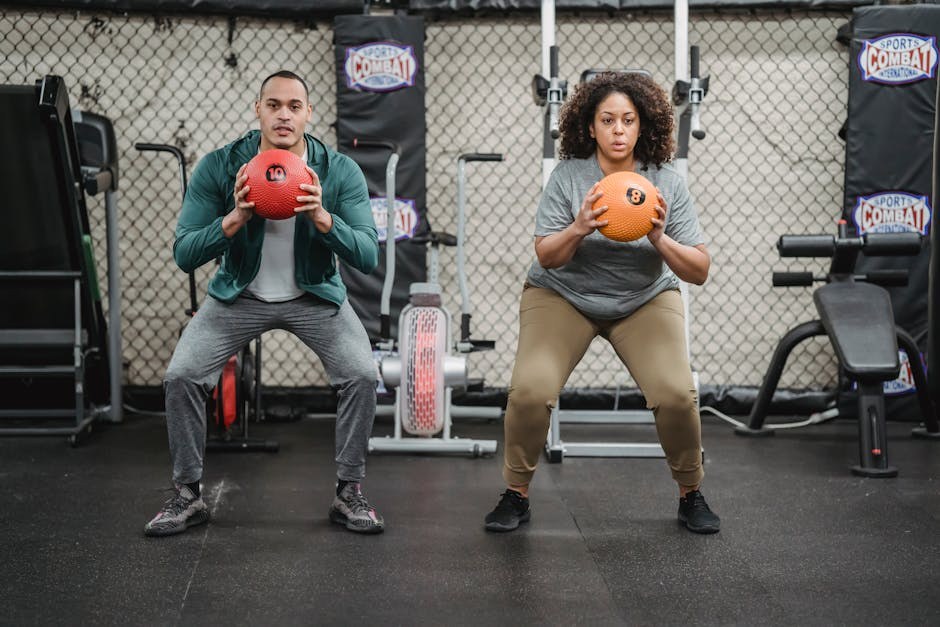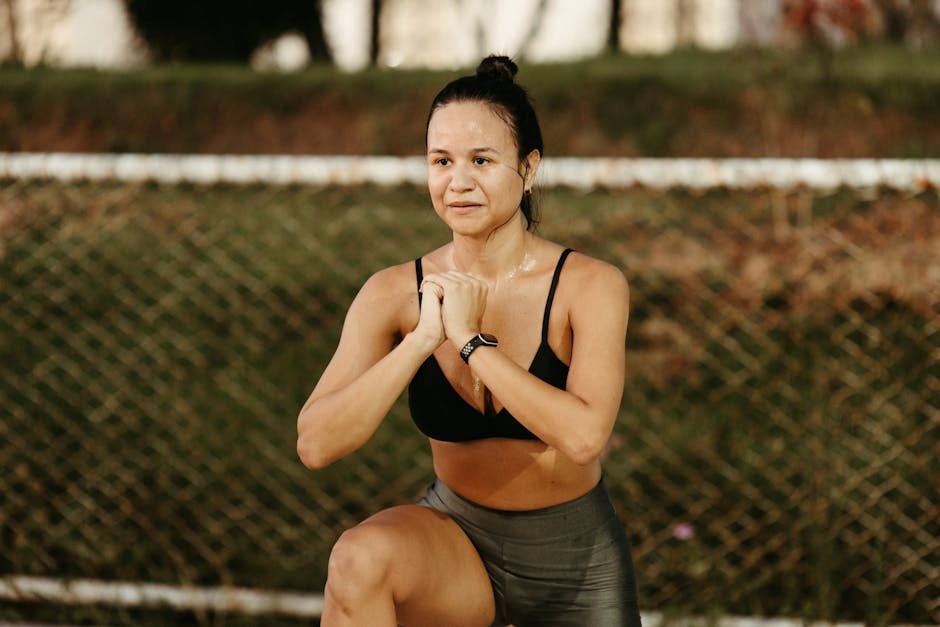You can hear the words he says, yet the skin often tells a richer story – a quiet conversation carried by contact, glance, and timing. In the low glow of a late dinner, fingers drift across a wrist, a strand of hair is moved aside, and a smile answers back. That soft choreography isn’t random. It’s part of body language, a fluent – and sometimes confusing – channel that helps you sense intention, closeness, caution, or desire without a single overt declaration.
This guide reframes that silent dialogue so you can read it with more confidence. It keeps the spirit of familiar scenarios but reshapes the language – emphasizing consent, context, and comfort at every turn. You’ll see how one gesture can mean reassurance in one moment and pressure in another, why a playful nudge can warm a room or chill it, and how body language gains meaning from setting, relationship history, and your own instincts.
The Unspoken Channel
Spoken phrases are only a sliver of what we exchange. Face, posture, and touch create a continuous stream of signals that travels alongside conversation. When those elements agree with the words, trust grows; when they clash, we notice. Body language doesn’t replace speech – it enriches it – and touch sits near the center of that enrichment because it’s immediate and personal.

Imagine listening to a friend tell a story while his hand settles lightly on your forearm. The sentence and the pressure arrive together, and your brain parses both. That’s why a brief brush can feel louder than a long paragraph. Read in context, body language can clarify motives, soothe nerves, and – with boundaries respected – invite connection.
Why Contact Feels So Powerful
Flirtation rarely starts with grand declarations; it starts with small, careful steps. A palm meets another palm, a shoulder finds a steadying touch, a playful nudge lands like punctuation at the end of a joke. Those moments can release warmth and calm – the reason affectionate contact is sometimes called the cuddle hormone effect – but the key is consent. In healthy dynamics, body language unfolds gradually, with space for yes, maybe, or no. Your comfort is the compass.
A Note on Nonverbal Weight
Communication science has long highlighted how much we lean on tone, posture, and expression when words and delivery don’t match. It’s a reminder to look beyond vocabulary when things feel “off.” Treat body language as context, not courtroom proof – it guides interpretation, especially when the spoken message leaves gaps.

Reading Contact in Context
Below you’ll find common touch points and what they can suggest when framed by setting, timing, and relationship. The same gesture can carry warmth or pressure, depending on how it’s used. Keep scanning the whole picture – eyes, voice, pace, and your own state – because body language is a tapestry, not a single thread.
-
The Casual Handshake
What it can signal: a neutral, respectful start. In social or professional settings, a balanced handshake marks parity and mutual acknowledgment.
Body language note: firmness and duration matter. A quick, easy shake places both of you on even ground; a crushing grip or refusal to let go can feel like a small power play.

-
Hand on the Arm
What it can signal: support, a bridge from stranger to friendly. In tender moments, it can mean “I’m here.”
Body language note: brief and light suggests empathy; lingering or frequent repeats without checking in can feel pushy. Context tints the meaning.
-
Hand on the Shoulder
What it can signal: reassurance or guidance – but also, possibly, control if the setting or timing is off.
Body language note: watch for how your body reacts. If you instinctively lean away, your boundary is speaking. In trusted relationships, this same gesture can land as steady and kind.
-
Touch at the Lower Back
What it can signal: romantic interest, protection, or a desire to close the distance.
Body language note: public settings amplify how this feels. A light guide through a crowd can be caring; an assertive press can read as possessive.
-
Hand-Holding
What it can signal: shared direction and emotional safety – a literal “we” in motion.
Body language note: interlaced fingers often feel intimate; palm-to-palm can be gentle solidarity. Temperature, squeeze, and sway communicate more than people realize.
-
Touching the Face
What it can signal: trust and affection. The face is personal; being invited there typically means closeness.
Body language note: slow, careful contact suggests tenderness. Uninvited face touching is jarring; the most readable body language respects thresholds.
-
Forehead Kiss or Forehead Touch
What it can signal: admiration, respect, and care that goes beyond immediate desire.
Body language note: it often lands like reassurance – a promise of gentleness.
-
Pat on the Top of the Head
What it can signal: playful affection or a slightly patronizing vibe, depending on your rapport.
Body language note: if it pairs with teasing tone and you enjoy it, it reads as lighthearted; if it arrives in serious moments, it can feel minimizing.
-
Upper Back Pat or Rub
What it can signal: comfort, congratulations, or team spirit – a warm “I see your effort.”
Body language note: a steady, open palm is usually supportive; a hard thump may be more performative than soothing.
-
Whisper at the Ear or Ear Touch
What it can signal: intimacy, secrecy, or a private joke meant just for you.
Body language note: this happens inside personal space. If the closeness feels welcome, it deepens connection; if not, it signals a boundary breach. Body language is most honest at this range.
-
Intertwined Fingers – or Nail Fidgeting
What it can signal: entwined hands suggest romance; self-touching nails or cuticles can hint at nerves.
Body language note: watch for pacing: steady interlace is grounding; restless fingertip tapping may show excitement or uncertainty.
-
Palm Caress
What it can signal: comfort, flirtation, or reassurance – like saying “I’m right here” without words.
Body language note: a slow trace across the palm often communicates tenderness; matching pressure back mirrors interest.
-
Neck Touch or Self-Caress
What it can signal: when offered to you, it can be sensual; when he touches his own neck, it can reflect thoughtfulness or stress.
Body language note: the neck is sensitive. Inviting contact there usually implies trust; self-soothing in that spot can be an anxiety tell.
-
Cheek Pinch or Cheek Caress
What it can signal: endearment from family or playful romance from a partner – or, in the wrong mood, condescension.
Body language note: softness, smile, and timing decide which way it lands.
-
Lip Touch – A Kiss
What it can signal: affection and attraction condensed into a moment. A kiss can explore compatibility and kindle closeness.
Body language note: how he approaches – pace, eye contact, pause for consent – speaks volumes about intention and care.
-
Lingering Graze of the Skin
What it can signal: desire or reassurance, depending on tempo and destination.
Body language note: featherlight contact often asks a question rather than makes a statement – it invites you to lean in or lean away.
-
Hip or Thigh Touch
What it can signal: intimacy – and, in some cases, a possessive streak.
Body language note: private settings and mutual enthusiasm tilt this warm; public or unexpected contact can feel territorial. Listen to your gut; body language and intuition are allies.
-
Knee Pat or Knee Touch
What it can signal: friendly emphasis during a joke or a shy flirtation.
Body language note: duration is the giveaway – a quick tap punctuates a story, a lingering rest explores chemistry.
-
Hair Stroke or Playful Tug
What it can signal: tenderness, fascination, or teasing energy.
Body language note: because hair is intimate, this works best with clear rapport. If you brighten, the cue is welcome; if you stiffen, that’s information he should heed.
-
Butt Pat or Squeeze
What it can signal: flirtation in a familiar relationship – or a boundary violation in others.
Body language note: consent is nonnegotiable here. In the right partnership, it reads cheeky; without trust, it’s intrusive.
-
Breast Touch
What it can signal: high intimacy reserved for explicit consent and privacy.
Body language note: even in committed relationships, checking in matters. Respect keeps attraction safe.
-
Belly Touch or Pat
What it can signal: playfulness after a shared laugh, tenderness, or simple care.
Body language note: the abdomen can feel vulnerable; gentle tone and timing make the difference.
-
Forearm Touch or Supportive Grip
What it can signal: “I’ve got you,” whether steadying you on a curb or encouraging you in conversation.
Body language note: a brief squeeze paired with soft eye contact reads as solidarity. If you pull back and he releases, that’s good listening in body language.
-
Gentle Elbow Nudge
What it can signal: friendly play, a subtle attempt to reduce distance, or a low-stakes opener for touch.
Body language note: the elbow is considered “safe territory” in many contexts; how you answer tells him whether to proceed or pause.
-
Fingertips Brush or Light Hand Touch
What it can signal: testing the waters – an almost accidental pass that asks, “Is this welcome?”
Body language note: if you mirror the contact, the message is green; if you withdraw, a respectful partner will recalibrate.
-
Gaze Paired with Touch
What it can signal: intensified interest. Eye contact and contact together multiply meaning.
Body language note: soft eyes plus gentle pressure tend to feel intimate; hard stare plus gripping touch can read as coercive. You’re allowed to name it and step back.
-
Chin or Jawline Touch
What it can signal: admiration and a wish to connect – a wordless “look at me.”
Body language note: small, careful motion with a smile feels sweet; sudden lifting can feel controlling. Subtlety is the soul of this cue.
-
Wrist Touch or Caress
What it can signal: intimacy or curiosity about closeness; wrists are sensitive and exposed.
Body language note: because the pulse is there, a light trace can feel especially personal. It’s a good place to check for mutual comfort.
-
Guiding Hand at the Small of the Back
What it can signal: “I’ll help you through this crowd” – or “follow me,” shaded by intent.
Body language note: guidance that invites choice feels protective; steering without pause can read as ownership.
-
Twirling or Touching Your Hair
What it can signal: flirtation, fascination, or gentle play – but it’s intimate territory.
Body language note: look for permission in your response. If you lean in, he may continue; if you lean out, a caring partner stops.
-
Ankle or Calf Touch
What it can signal: playful surprise under the table or a bolder sign of attraction.
Body language note: because it’s unexpected, it can spike attention. Setting – private versus public – changes the read.
-
Shoulder Blade or Upper Back Caress
What it can signal: deep affection, grounding, and reassurance – the spirit of a hug in a smaller form.
Body language note: slow circles and steady warmth soothe; rushed or possessive strokes do the opposite. Attunement is everything in body language.
Putting It All Together
Meaning lives at the intersection of gesture and situation. A cue that feels sweet at home can feel sharp in public; a touch that comforts one person may unsettle another. That’s why consent and conversation matter – they keep body language collaborative rather than presumptive.
When you’re wondering what a moment meant, zoom out. How close were you standing? What expression accompanied the contact? Did he check for your comfort? Did your shoulders loosen or tighten? Your reactions are part of the message, not an afterthought. If you’re drawn to him, let your signals show it – mirror the pace, meet his eyes, and answer touch with the version that fits you. If you’re unsure, slow it down. A respectful partner will match your tempo.
In the end, the most reliable translator is context, followed closely by your internal barometer. Let body language inform you – not overrule you – and you’ll read those quiet conversations with far more clarity.
One last compass point: consent is the foundation that makes every gesture safe and meaningful. With that in place, touch becomes a shared dialect – as nuanced as poetry, as practical as a guide through a crowded doorway, and as intimate as a whisper meant only for two.